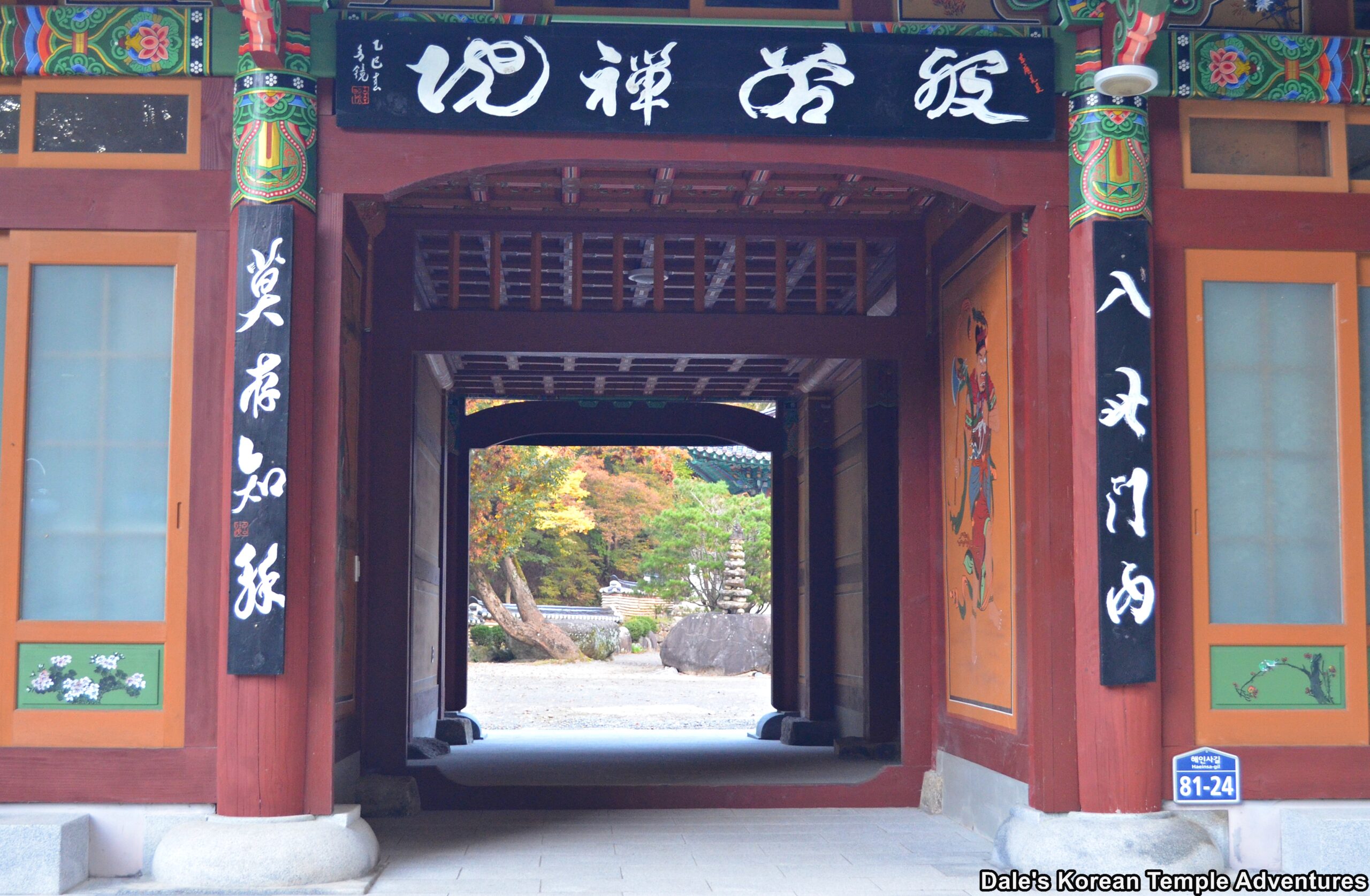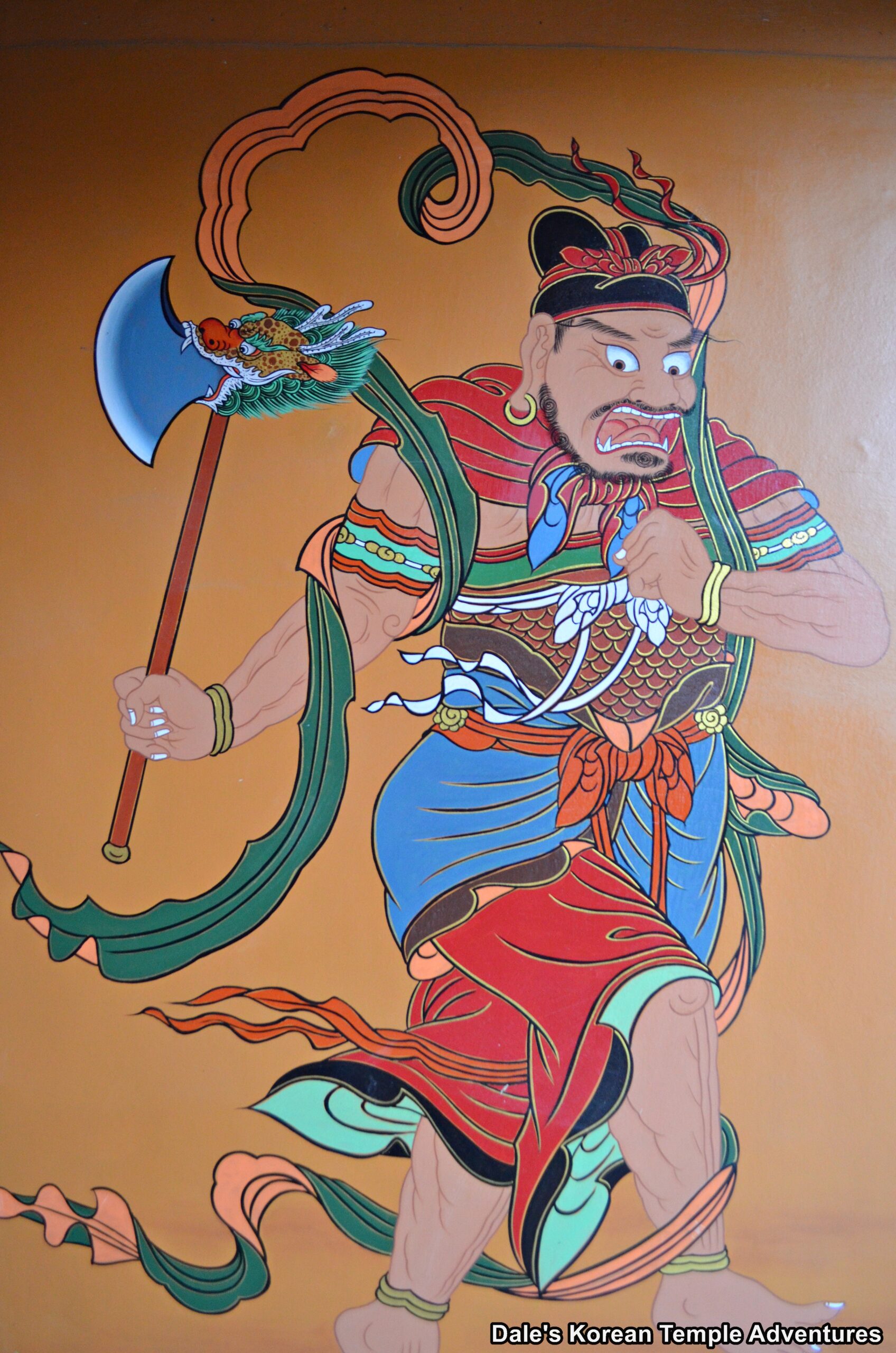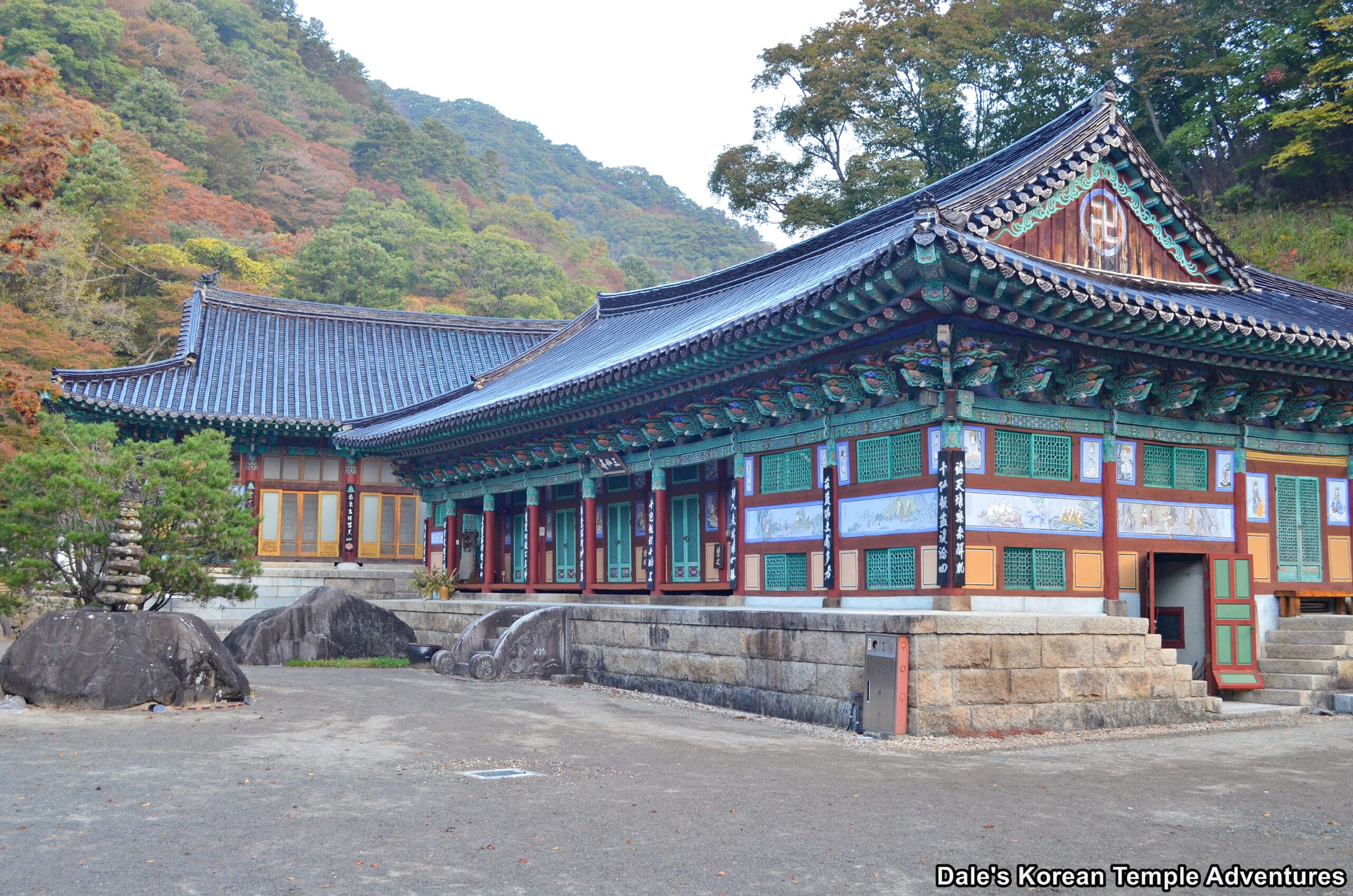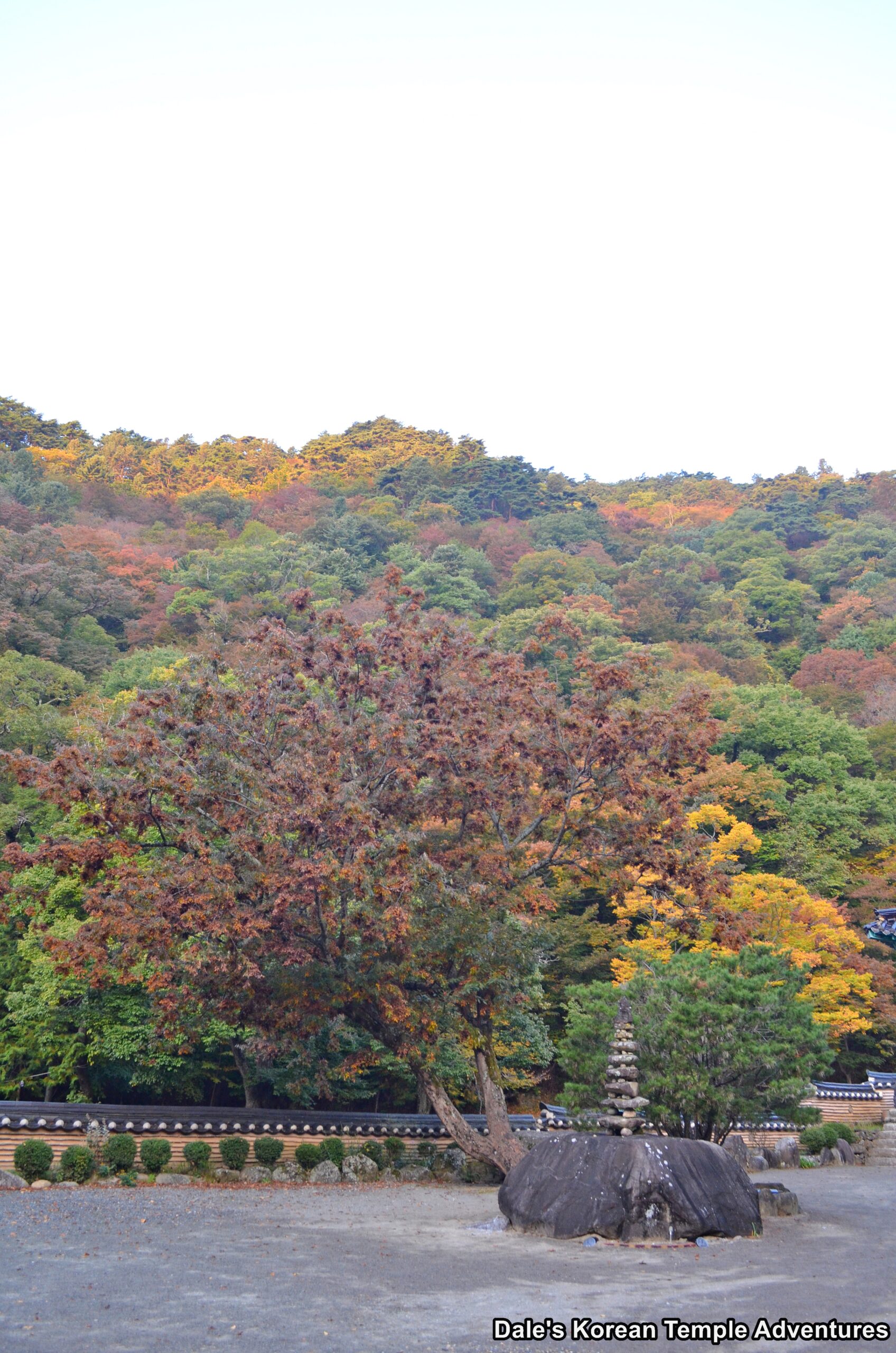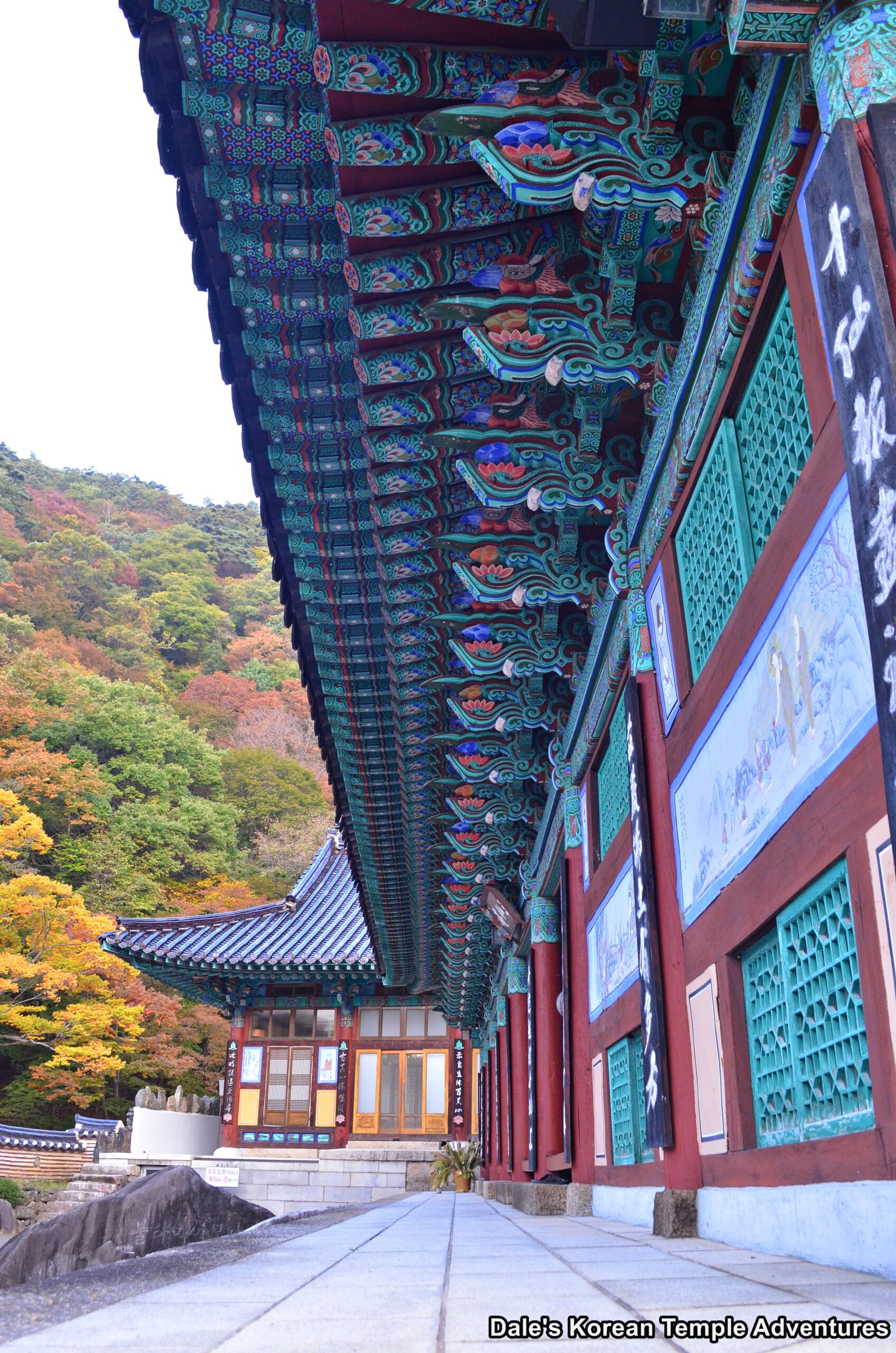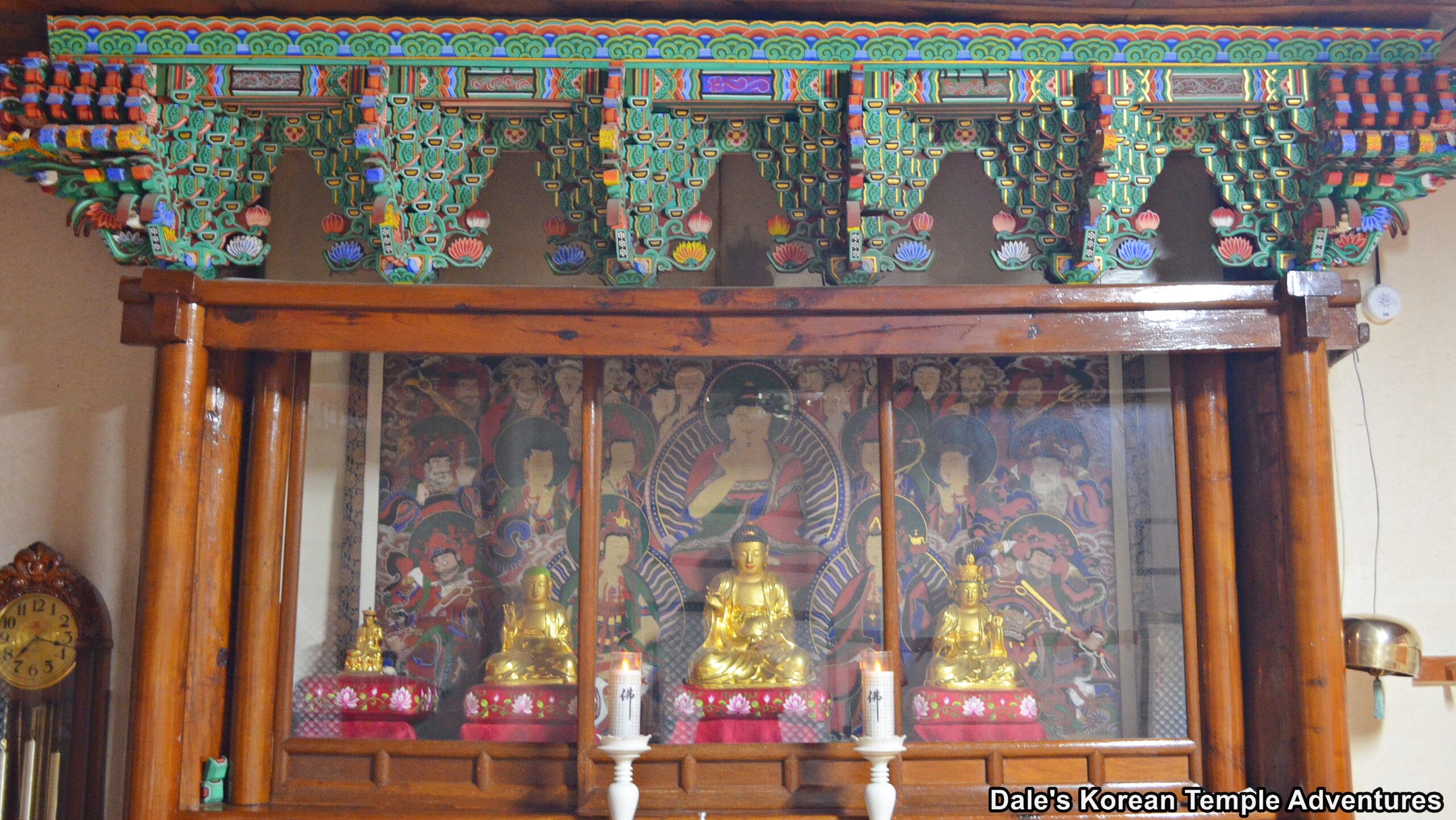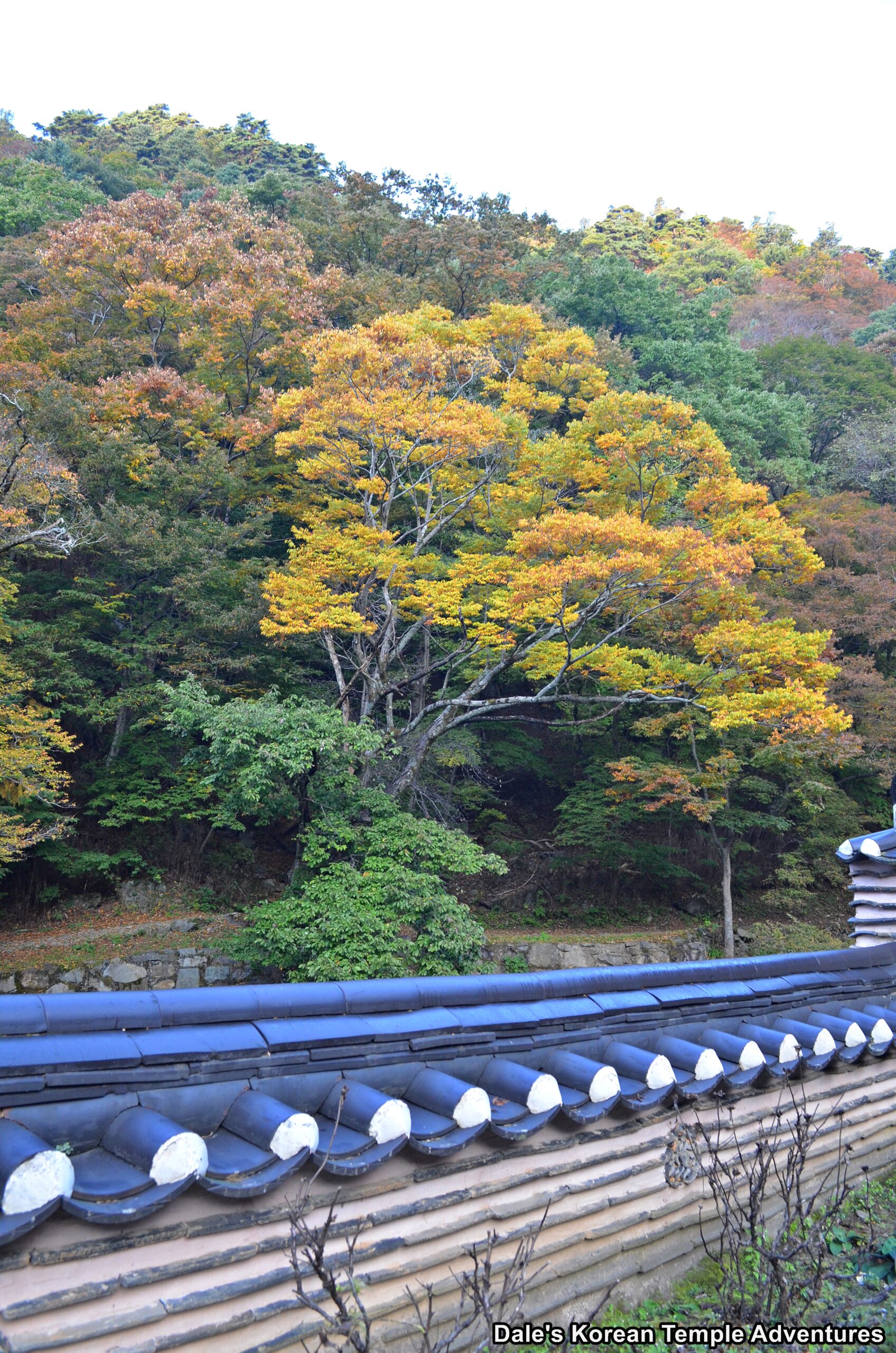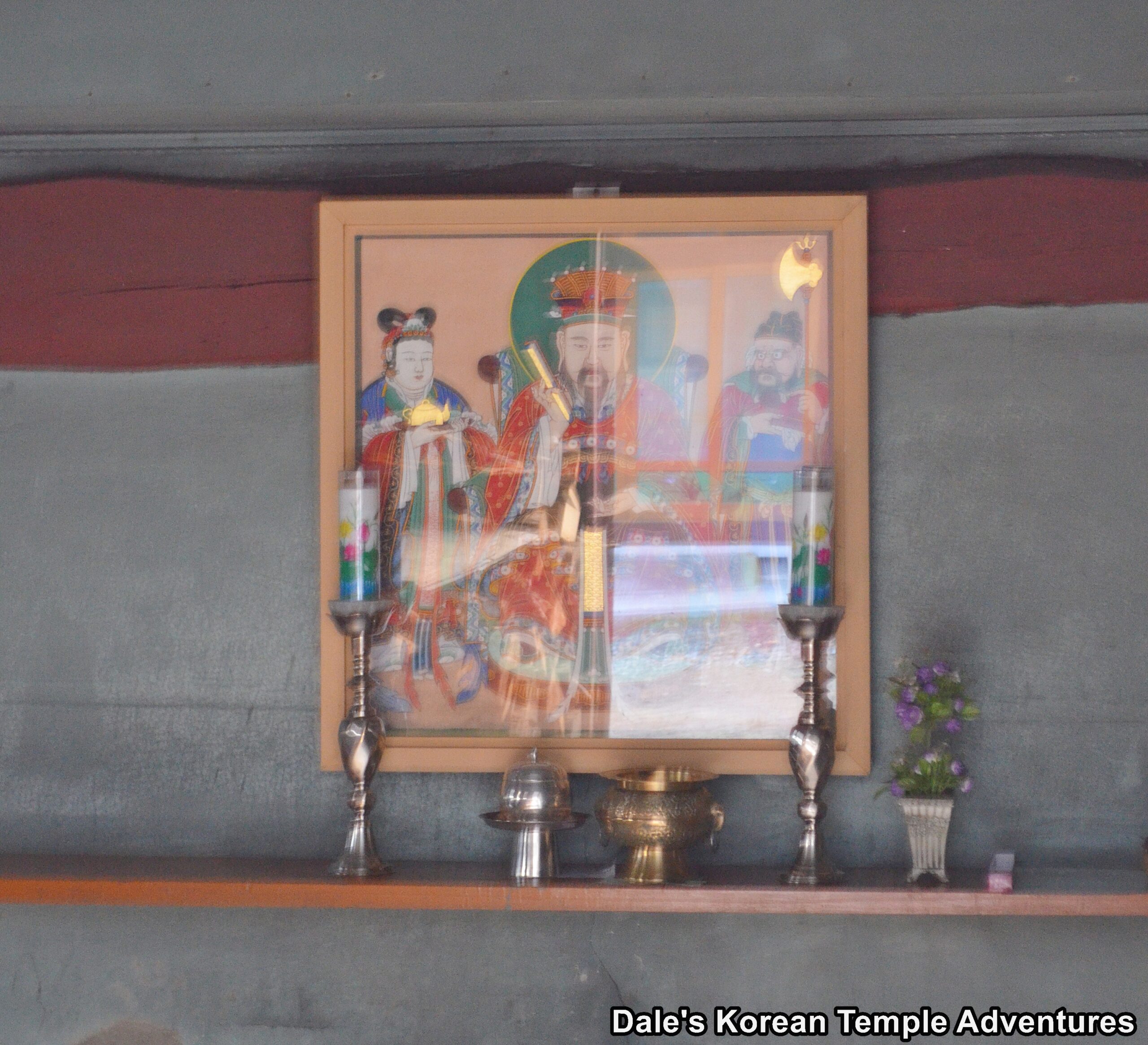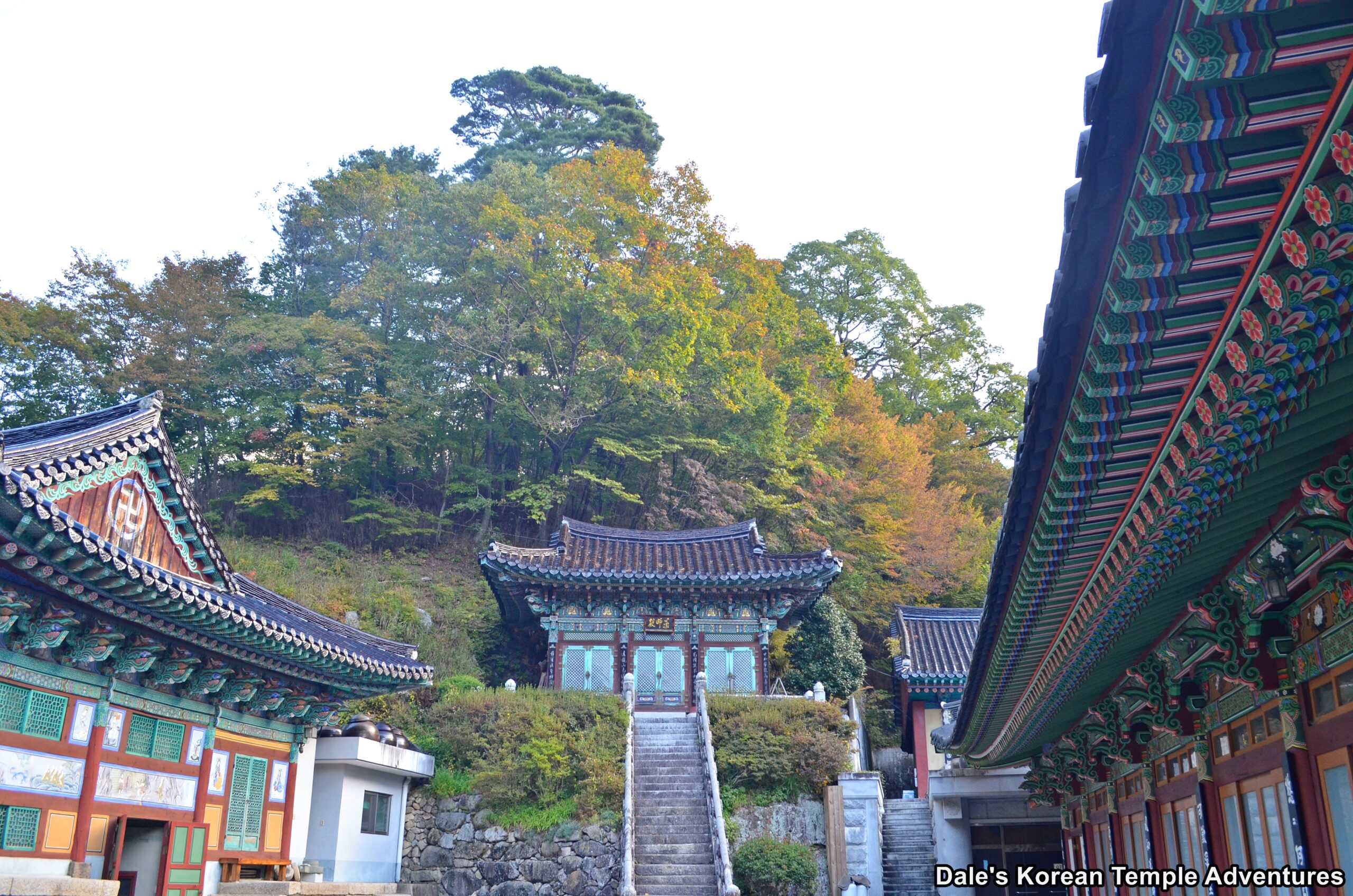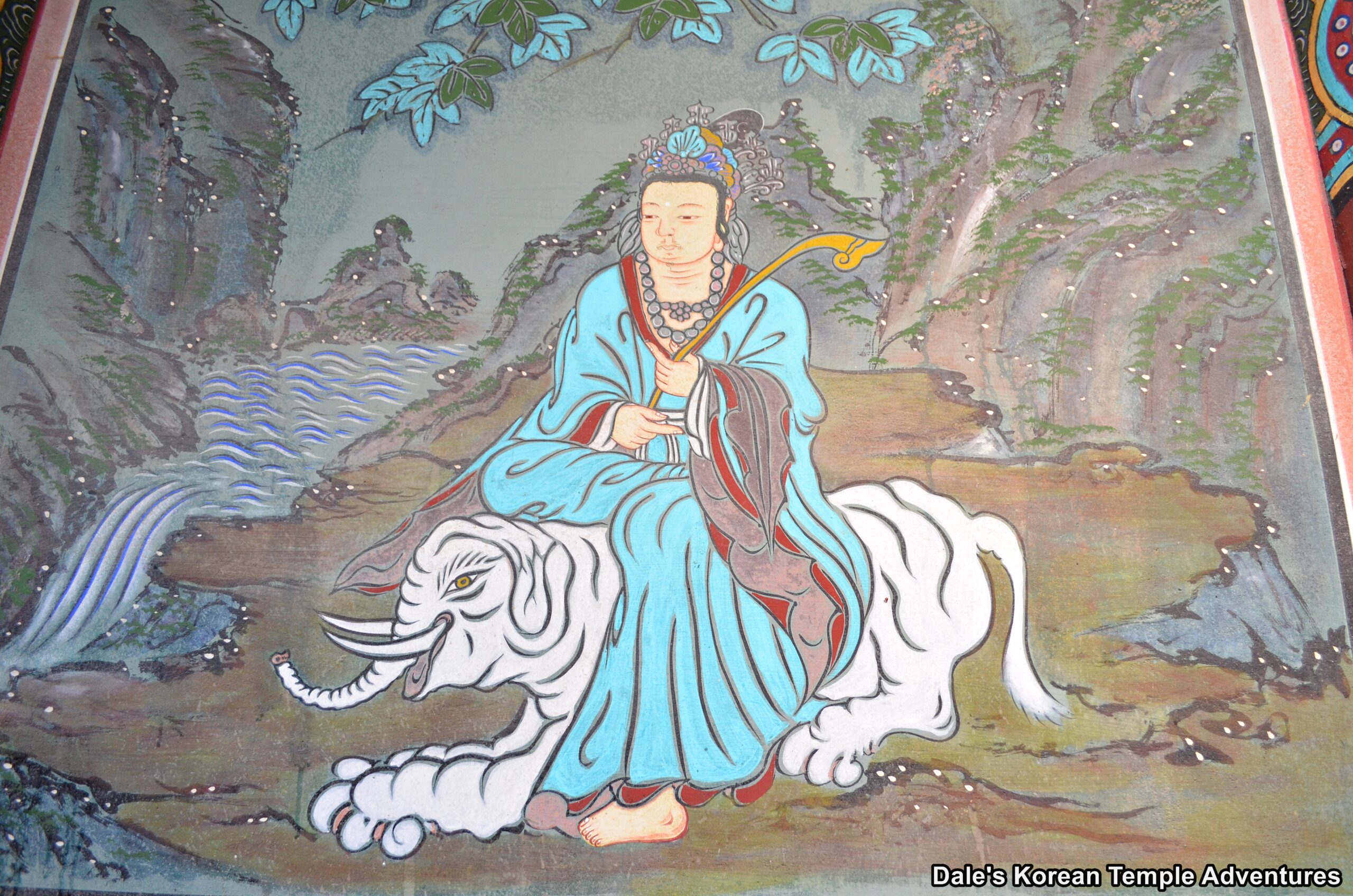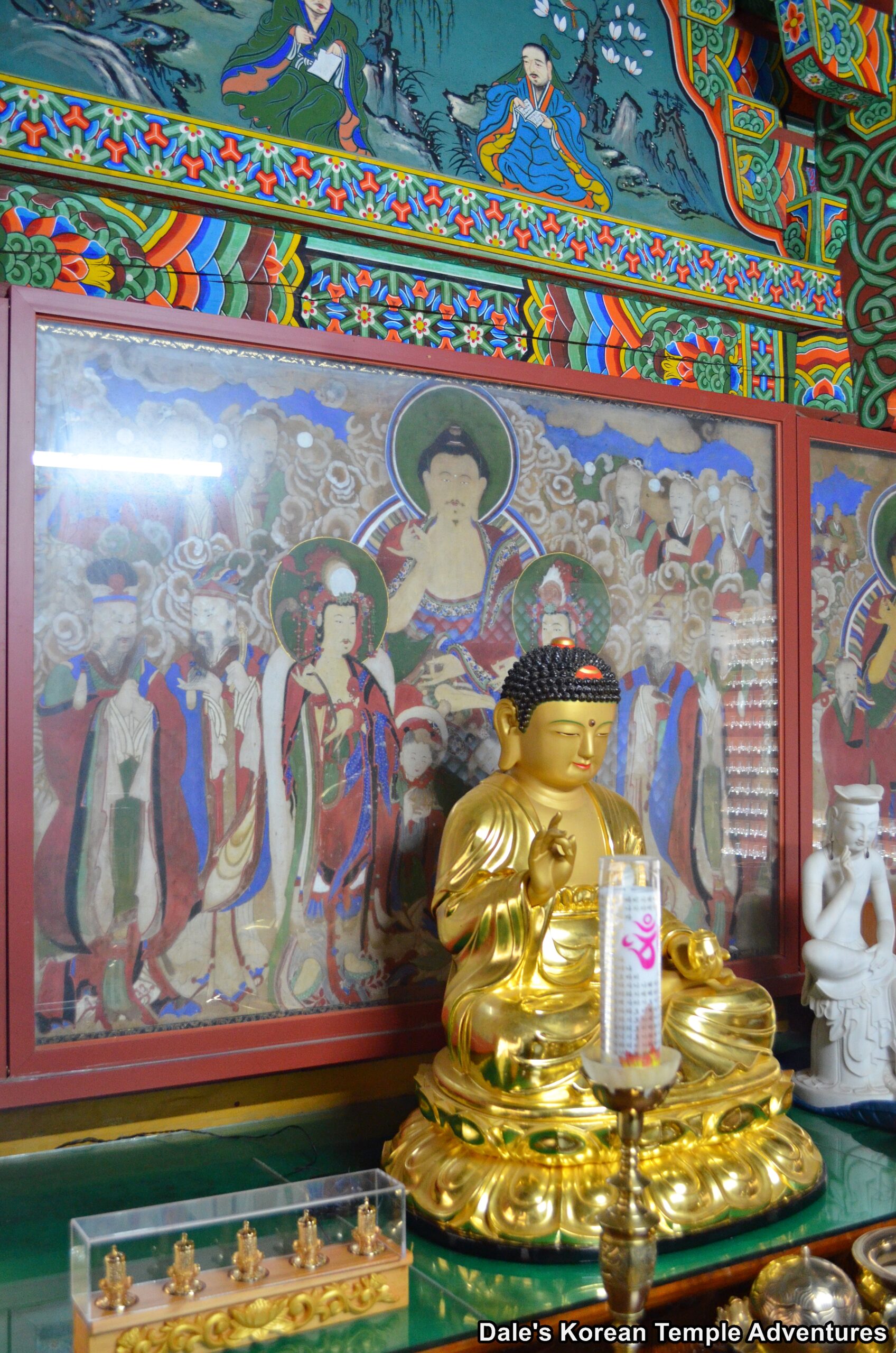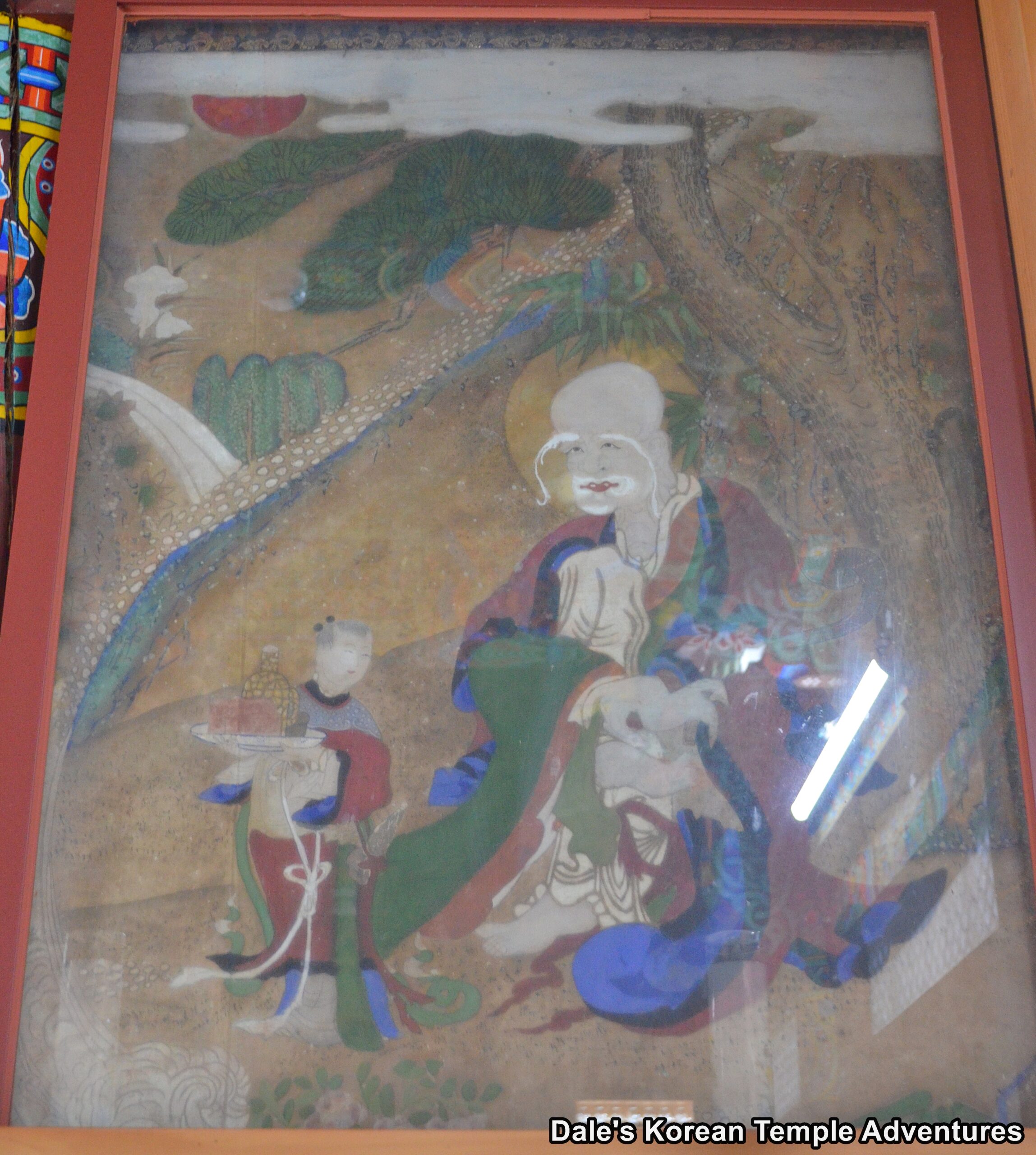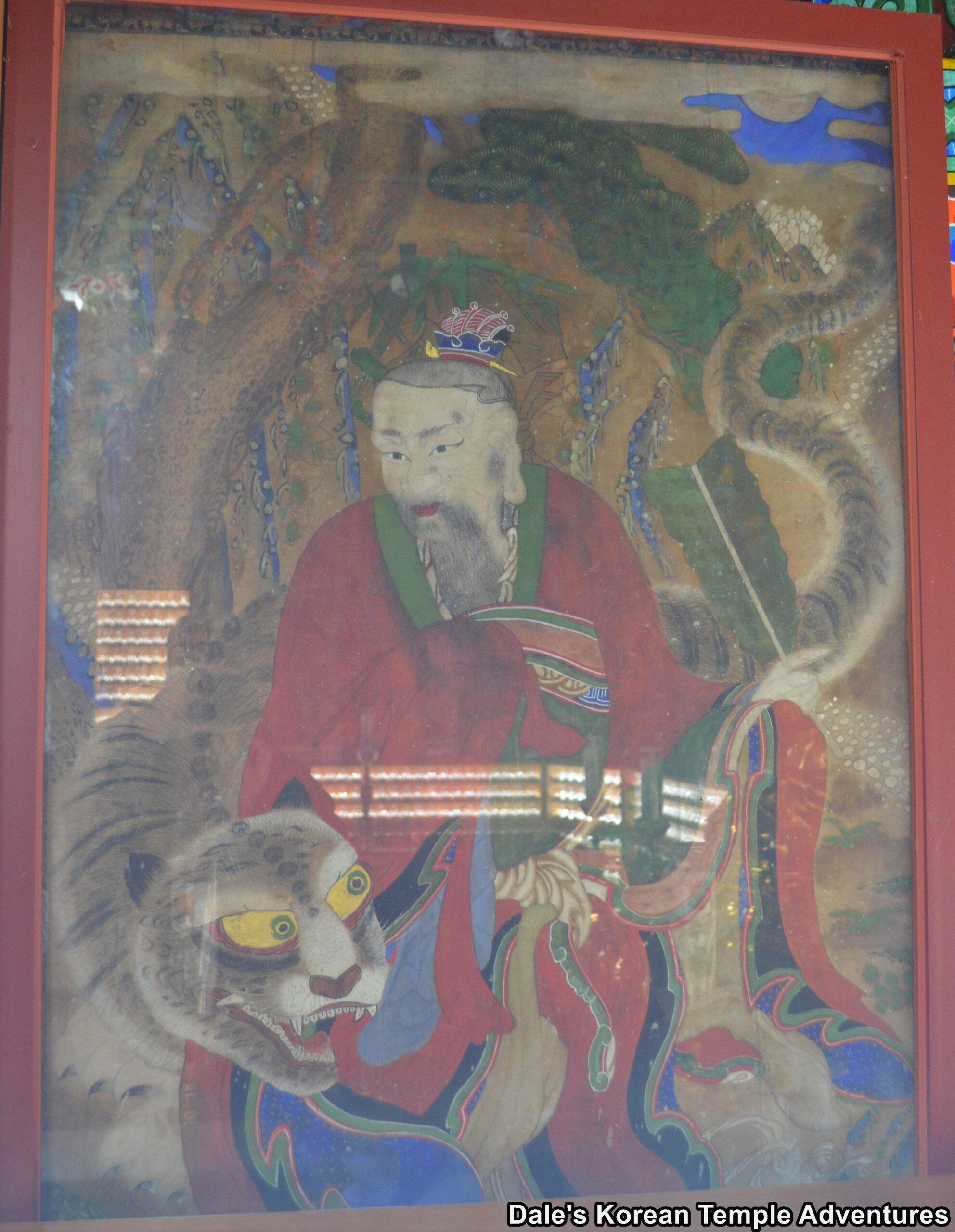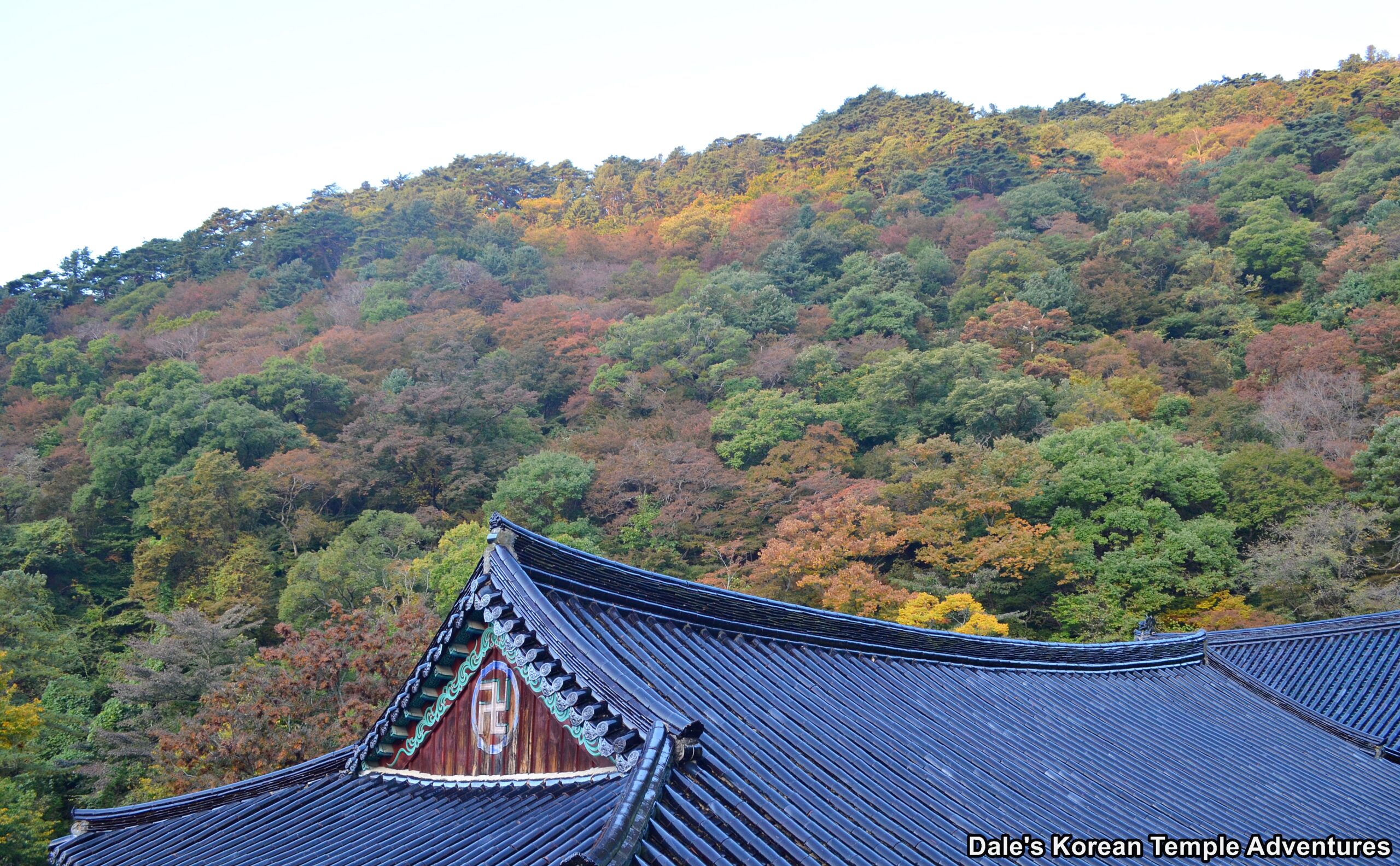Samseonam Hermitage – 삼선암 (Hapcheon, Gyeongsangnam-do)
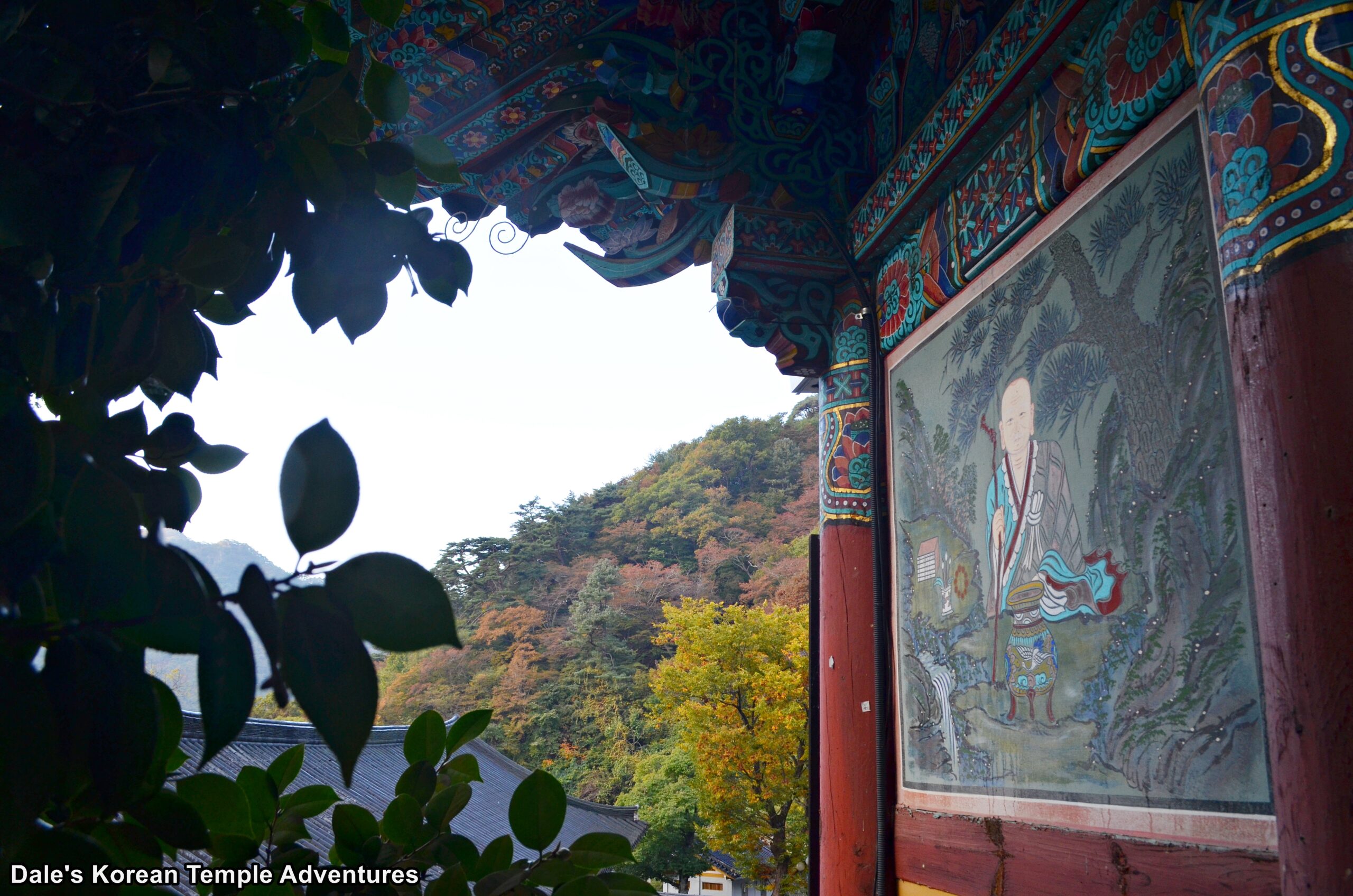
Hermitage History
Samseonam Hermitage is located on the Haeinsa Temple grounds in the foothills of Mt. Gayasan (1,433 m) in Hapcheon, Gyeongsangnam-do. Samseonam Hermitage was first founded by the monk Jahong in 1893. It was later rebuilt in 1904 by two monks, Bochan and Jijong. The hermitage was rebuilt, once more, in 1971. Currently, Samseonam Hermitage is a nunnery (bikuni) meditation centre.
Hermitage Layout
From the hermitage parking lot, you’ll make your way towards a collection of buildings including a storage building to your left. Eventually you’ll pass through an entryway with a signboard that reads “Banya-seonwon – 반야선원 (般若禪院)” on it. To the right of this entryway are a row of nuns’ dorms. The ceiling of the entryway is adorned with beautiful lotus flower paintings, as well as vibrant painted guardians on the walls.
Having passed through the hermitage entryway, you’ll now be standing in the main hermitage courtyard. Straight ahead of you is a impromptu natural rock pagoda. It’s unclear if the nuns’ at the hermitage built it, or whether it was visitors. Either way, it stands precariously on a large black boulder.
Behind the rock pagoda is the main hall at Samseonam Hermitage, the Geukrak-jeon Hall. There are several entryways to this multi-purpose shrine hall. The entryway in the centre is the entryway to the Geukrak-jeon Hall. Before entering the main hall, you’ll notice that there is a long wooden corridor that links all of the doors together. The left doors are entrances for various meeting areas and meditation. And on the far right side of the corridor, and under protective glass, you’ll find an older Shinjung Taenghwa (Guardian Mural). Stepping inside the Geukrak-jeon Hall, you’ll find a simple main altar. Underneath an understated datjib (canopy), and housed inside a glass enclosure, you’ll find the main altar triad. The central statue is that of Amita-bul (The Buddha of the Western Paradise). This central image is joined on either side by Gwanseeum-bosal (The Bodhisattva of Compassion) and Jijang-bosal (The Bodhisattva of the Afterlife).
To the left of this multi-purpose shrine hall that includes the Geukrak-jeon Hall, you’ll find the administrative office and dorms. But it’s to the right of this central building, and around the corner from this multi-purpose building that also houses the hermitages kitchen and painting dedicated to Jowang-shin (The Fireplace King Spirit), that you’ll find the hillside Samseong-gak Hall. This elevated shaman shrine hall rests between the rows of nuns’ dorms to your right and the multi-purpose building to the left.
Climbing a steep, aged set of stone stairs, the exterior walls to the Samseong-gak Hall are adorned with murals dedicated to various shaman deities, as well as murals dedicated to an all-white Gwanseeum-bosal and a white elephant riding Bohyeon-bosal (The Bodhisattva of Power). Stepping inside the Samseong-gak Hall, you’ll see a beautiful collection of older shaman deity paintings. Hanging on the far right wall is a mural dedicated to Dokseong (The Lonely Saint). Hanging on the far left wall is a mural dedicated to Sanshin (The Mountain Spirit). And hanging in between these two murals are seven different mural depictions of Chilseong (The Seven Stars). It’s a beautiful collection!
How To Get There
To get to Samseonam Hermitage, you’ll first need to get to Haeinsa Temple. From the Hapcheon Intercity Bus Terminal, you’ll need to board a bus bound for Haeinsa Temple. The bus ride is about 5,000 won. From where the bus lets you off at Haeinsa Temple, you’ll need to find the trail that leads up to Haeinsa Temple. The walk is about one kilometre, and the trail starts to the left of the Haeinsa Temple museum. About 500 metres up this trek, a part of this trail will fork to the left. You’ll need to head up this trail for an additional 200 metres. Eventually, you’ll arrive at Samseonam Hermitage.
Overall Rating: 3.5/10
The definitive highlight at Samseonam Hermitage is the Samseong-gak Hall. Both the outdoor aesthetic and how it’s positioned on the hillside to the beautiful, old shaman murals housed inside it, the Samseong-gak Hall is a must-see at the hermitage. Additionally, the hermitage is beautifully positioned by a meandering stream to the west. Samseonam Hermitage has an overall tranquility to it.

